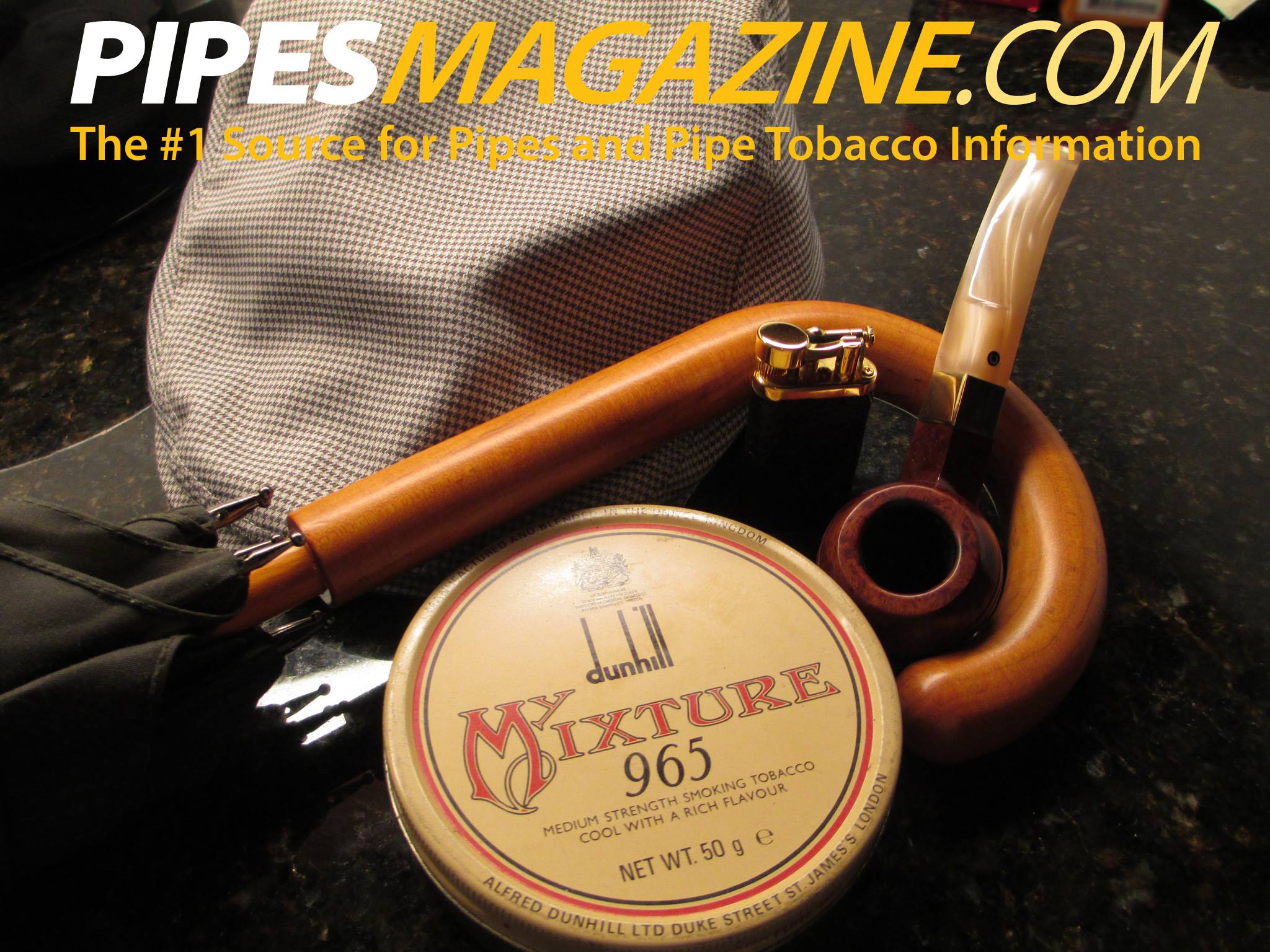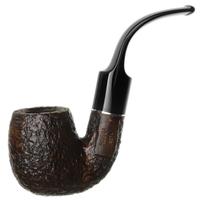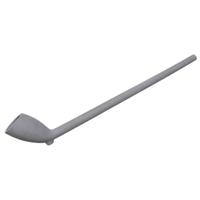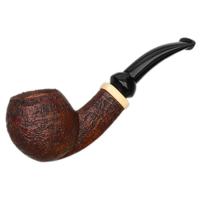coating on smoking chamber
- Thread starter mngslvs
- Start date
You are using an out of date browser. It may not display this or other websites correctly.
You should upgrade or use an alternative browser.
You should upgrade or use an alternative browser.
- Status
- Not open for further replies.
Borax, rat poison, or anthrax? I don't know, depends on the pipe maker. Don't worry though... that which does not kill you makes you stronger.
Many artisans use a concoction as described above, most with gelatin as a key ingredient. I have to have this coating on a new pipe. No negative taste, and the pipe breaks in right away.
Waterglass, formerly a product used by many artisans is too intrusive to me.
Stains like Peterson uses is a no-go for me. (perhaps they discontinued that practice under the new ownership.
Waterglass, formerly a product used by many artisans is too intrusive to me.
Stains like Peterson uses is a no-go for me. (perhaps they discontinued that practice under the new ownership.
This reminds me of the problem of knowing too much about what goes on in a restaurant kitchen. Regardless of how high-end the restaurant, asking too many questions about the kitchen will take away your appetite. I find bowl coatings to be ever so slightly helpful in breaking in a pipe and usually appreciate it. I really don't want to know what it is made of.
I have used Steve Laug / Charles Lemon technique for the bowls of estates I restore:
Some folks are adamantly against bowl coatings, I'm fine with that as well. As my dear wife observes "Whatever makes your bum hum..."
- remove stem from stummel,
- insert a pipe cleaner into the shank until it protrudes slightly in the bottom of the bowl,
- thinly swab the inside of the bowl with maple syrup with a q-tip/cotton swab,
- drop in the contents of a single food-grade activated charcoal capsule into the bowl.
- cover bowl top with my thumb, give stummel a couple of vigorous shakes, then dump the excess charcoal dust into trash
- let the coated bowl sit for a good 24 hours,
- remove pipe cleaner, reassemble pipe, load it with favourite blend and spark 'er up following typical guidelines for breaking in a new pipe.
Some folks are adamantly against bowl coatings, I'm fine with that as well. As my dear wife observes "Whatever makes your bum hum..."
Last edited:
I prefer to smoke a pipe with no coating, because I really enjoy that first smoke, where you really get some of the briar flavor in with the smoke. A pipe will continue to add a little of the essence of the briar along with every smoke, but it is that initial breaking in with bare wood where you get to really bond with the briar, know it's true aroma, and get a little of it into your DNA.
I refuse to buy any pipe with a bowl coating. I also wash my pipes out to reduce cake build up. I smoke briar, because I love briar. If I wanted to hide that beautiful briar flavor, I would smoke a meerschaum or one of those damnable corncobs ::blech::. puf
I refuse to buy any pipe with a bowl coating. I also wash my pipes out to reduce cake build up. I smoke briar, because I love briar. If I wanted to hide that beautiful briar flavor, I would smoke a meerschaum or one of those damnable corncobs ::blech::. puf
Years ago we had bowl coatings tested and found that Pigeon stool was the main ingredient.
I've never had a problem with an uncoated bowl starting any burnout process, so it mystifies me why coatings are used. Apparently, uncoated bowls cause enough returns and complaints that the expense of a coating benefits the pipe maker. Few if any artisans use coatings, in my experience. I don't bother sanding out coatings, but I award points for pipes that don't have them. I haven't kept track, but it seems to me some factory pipe brands coat some pipes and not others, which is another mystery. Presumably, beginners are at the most risk of burning up a pipe, so perhaps they are the intended audience for coatings.
@mso489, not only beginners are the most risk of burning up a pipe but also an itermediate'heavy puffer pipers might be in the risk' group as well, as for coatings, depending on the pipe I prefer applying some charcoal dust with some additional sticky element,be it honey, or yogort ,and this is only my practice with older estates that come with reamed bowls
Here's a nice 2 part article by Greg Pease:


Bowl Coatings – The Good, The Bad, and The Ugly – Part I
PipesMagazine Approved Sponsor G. L. Pease One of the most contentious of the long-running debates in the pipe community is the issue of bowl coatings. Why something so seemingly innocuous can drive discussions to a fevered pitch is intriguing, since, on the surface, it seems a fairly innocent...
pipesmagazine.com
Long ago, one of the most learned men (Tom Cottom) I ever knew on pipes (Tobacco Barn, Lake Forest, CA) said that although it wasn't an absolute rule, the higher end pipes didn't have that coating. Tom used to own his own Pipe shops YEARS ago... For instance, my Savinelli's usually have that coating, but Autograph, no... Thus far, Pipes I get from individual craftsmen, don't have any coating...
But then again, you could fill a cavern with what I DON'T KNOW???
But then again, you could fill a cavern with what I DON'T KNOW???
- Status
- Not open for further replies.












